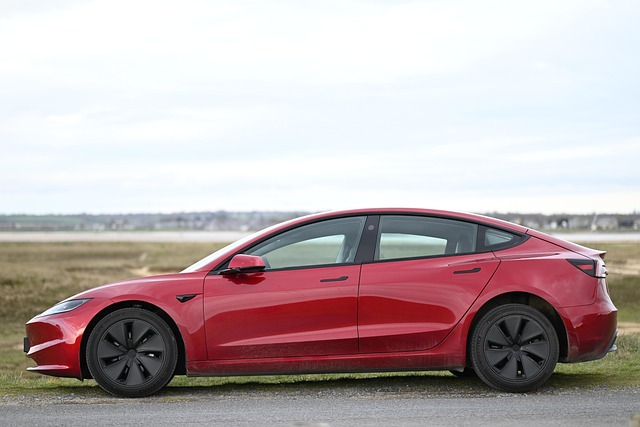Powering Tomorrow: A Sustainable Electric Future for Rural Transport
Imagine a world where the air is cleaner, the roads are quieter, and the sense of community is stronger. This isn’t just a dream for urban areas but a tangible reality waiting to happen in rural communities. The transition to a sustainable electric future in rural transport holds the key to unlocking a more sustainable way of living, improving accessibility, and fostering economic growth.
Transport Sustainability: A Catalyst for Change
Transport is a crucial pillar of our daily lives, especially in rural areas where distances between homes, schools, and workplaces can be significant. However, conventional fossil fuel-powered vehicles contribute to greenhouse gas emissions, air pollution, and dependency on non-renewable resources. By adopting sustainable electric transport, rural regions can shift towards cleaner alternatives that not only benefit the environment but also enhance the quality of life for residents.
Electric vehicles (EVs) produce zero tailpipe emissions, drastically improving air quality in these communities. With advancements in battery technology, accessibility to charging stations, and incentives from government initiatives, the shift to electric is becoming more feasible. The integration of renewable energy sources, such as solar and wind, into the charging infrastructure can further bolster this transformation, making rural transport not only sustainable but also resilient.
Rural Development: Bridging Gaps and Building Connectivity
A sustainable electric future goes beyond environmental benefits; it offers significant advancements in rural development. Many rural areas grapple with transportation challenges that can hinder economic progress and the everyday lives of their residents. Electric transport initiatives can create reliable public transport systems that connect communities to essential services, education, and job opportunities.
Imagine electric buses operating on clean energy, providing affordable and efficient transport to schools, healthcare facilities, and local markets. This newfound connectivity can stimulate local economies, allowing small businesses to thrive and residents to partake in a broader range of opportunities. Additionally, enhancing transport systems nourishes social cohesion; people are more likely to engage with their communities when they can easily access and enjoy local events, markets, and shared spaces.
Community Engagement in Sustainable Initiatives
The journey towards a sustainable electric future isn’t solely about technology; it’s about people. Community engagement is vital in ensuring that the needs and aspirations of rural residents are central to these initiatives. Workshops, discussions, and collaborative planning sessions can foster a sense of ownership and shared vision, empowering locals to contribute to and champion sustainable practices.
Moreover, educational programs can raise awareness about the benefits of electric transport, inspiring future generations to be proactive stewards of their environment. Partnering with local schools, organizations, and governments can promote sustainable habits while also encouraging innovation in green technology tailored to rural contexts.
The path forward is illuminated by a shared commitment to creating a greener, more connected, and sustainable future for our rural communities. Embracing electric transport is not merely a choice; it is an invaluable investment in the health of our planet and the prosperity of our people. With the right mindset, technologies, and community engagement, we can power tomorrow with an electric future that resonates with the dreams of residents in every rural corner.




